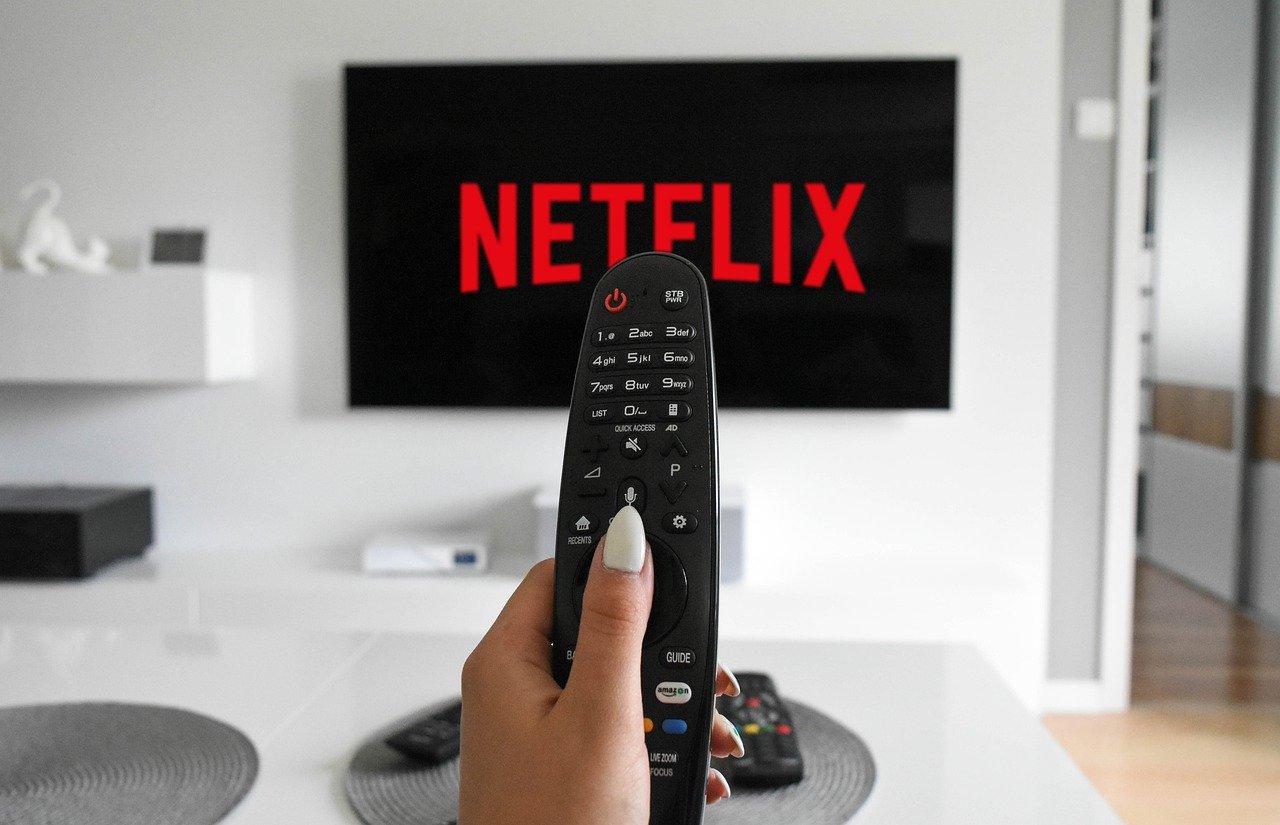More people use streaming video services in the United States more than ever before. According to a recent Deloitte report, the U.S. average customer has four different streaming services subscriptions, and around 80% of households have at least one subscription. The VOD binge could be short-lived, Deloitte says. Since it is expected that many subscribers will end their subscriptions before the restrictions on coronaviruses are removed due to financial distress.
The Organization has carried out two surveys. A pre-COVID-19 survey from December 2019 to January 2020 for the 14th annual edition of its Digital Media Trends report. The second survey was conducted in May 2020, after the pandemic outbreak.
Comparison of both surveys’ results revealed that US consumers are currently subscribing to at least one paid online video service, up from 73% in the pre-COVID-19 survey compared to 69% in last year’s Deloitte report.
As more media companies enter the SVOD industry, content and pricing are under pressure. Even though corporations are attempting to regulate prices, customers become increasingly demanding since they have many subscription options. It becomes challenging to select which shows to watch or which streaming service to buy. If you are having trouble deciding, then you can check out ScreenBinge as it covers major streaming channels and also strives to educate readers on how they can bypass geo-restrictions to unlock different region titles.
Besides this degree of “subscription fatigue,” it is expected that viewers will move to free ad-supported streaming options. According to Kevin Westcott, Vice President of Deloitte, “People have more time on their hands, and they’re trying new things, But at the same time, we see a significant amount of churn. The coronavirus pandemic has accelerated the trends we have seen in our industry.”
In May, a survey by Deloitte shows that some of the customers sign up for trials free of charge, cancel them when the trial duration ends or when a favorite series is concluded, and change services to look for new shows and movies.
According to Delloite, as a result of the outbreak, 17 % of customers have canceled at least one service. The most common reasons for cancellations are high prices (36%) and expiring offers or free trials (35 %).
It is anticipated that SVOD churn will become more severe as streaming services compete for part of consumers’ wallets. A survey by Deloitte showed a decrease in 39% of American households’ income after the pandemic. Westcott also stated, “With less money to spend, the competition for consumer attention and retention has never been fiercer,”
All of this ensures that ad-supported online video streaming services can reach a wider audience. 47% of customers agreed to have at least one free online video service supported by ads. Before the pandemic 62% and after the COVID-19 pandemic, 65% of consumers in the United States expressed a preference for cheaper, ad-supported online video solutions.
Additional Deloitte findings:
- 51% of Subscribers claim to be drawn to online platforms featuring a wide range of TV shows and films, and 45% expressed interest in exclusive original library material.
- During the pandemic, 22% of users (30% of Gen Z and 36% of millennials) paid for a first-run movie to be streamed. Ninety-nine % said they would do it again. The price was too heavy, according to 42% of those who did not.
- Around a third of consumers said they wouldn’t be comfortable going out to watch live events for at least the next six months. There is a significant generational gap: 50% of millennials and 47% of Gen Z respondents said they would attend a sporting event in the next six months, compared to just 28% of boomers.
- Video gaming has exploded during COVID-19. Since the coronavirus outbreak, 48% of U.S. users have engaged in some form of video gaming, with younger generations over-indexing themselves in this region (69 % of millennials and 75 % of Gen Z). Previously, 25% of consumers watched videos of others playing games live and recorded them (with around 50 % of millennials and Gen Z). These estimates, according to Deloitte, have remained consistent throughout the pandemic.
The analyst listed recent data from both Nielsen and ReelGood, a streaming search tool. Along with the ad-supported, non-premium content on Youtube, completely ad-free streaming services like Netflix and Amazon Prime video were flourishing between March 25 and May 13.
Wrapping Up!
While it is a bit too early to comment on the future trends based on the current scenario since these free ad-supported services are relatively new. However, it is expected that once things come back to normal, all new services will have to strive for a share in the market, because at the moment, despite the competition getting stiff, people will explore newer options as they get bored with the old ones.



 Bitcoin
Bitcoin  Ethereum
Ethereum  Tether
Tether  XRP
XRP  Solana
Solana  USDC
USDC  TRON
TRON  Cardano
Cardano  Lido Staked Ether
Lido Staked Ether  Avalanche
Avalanche  Toncoin
Toncoin